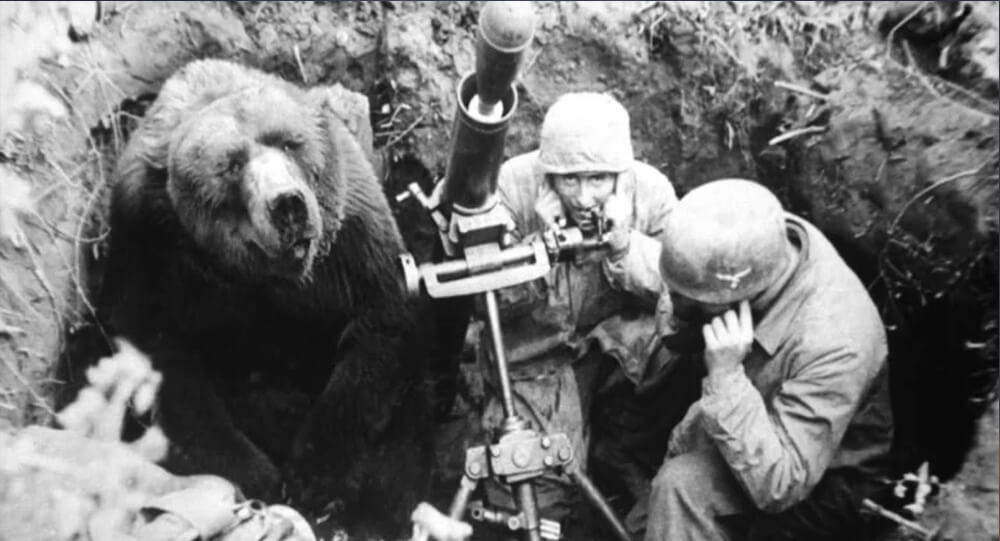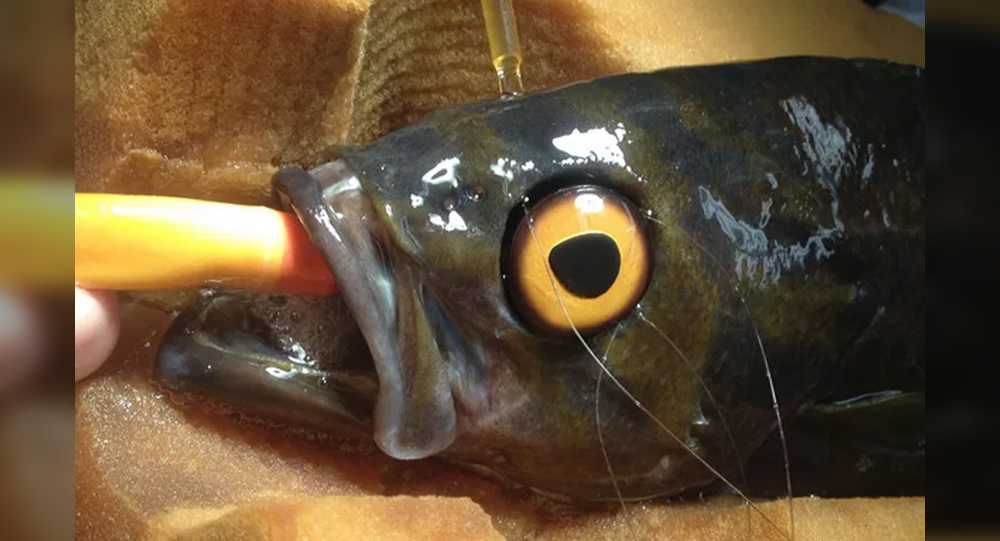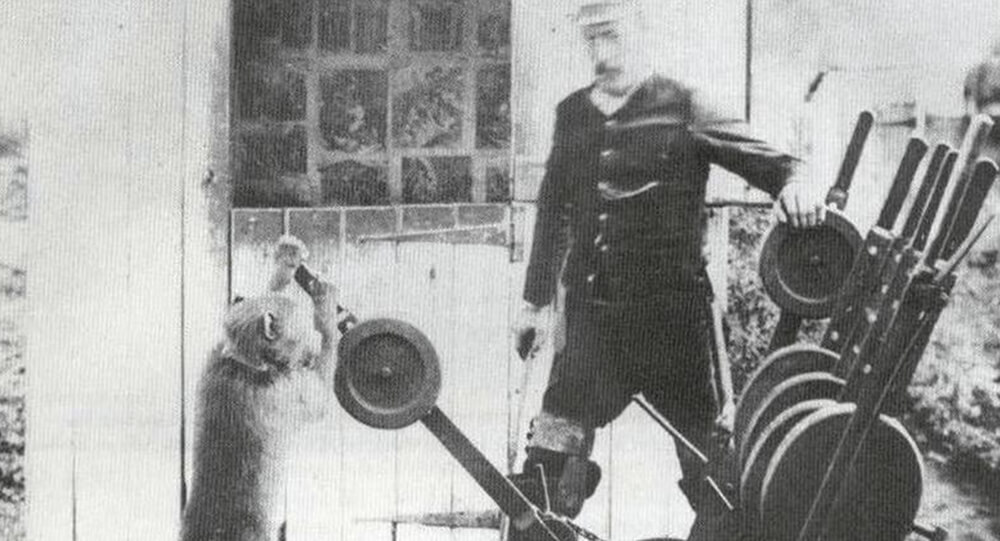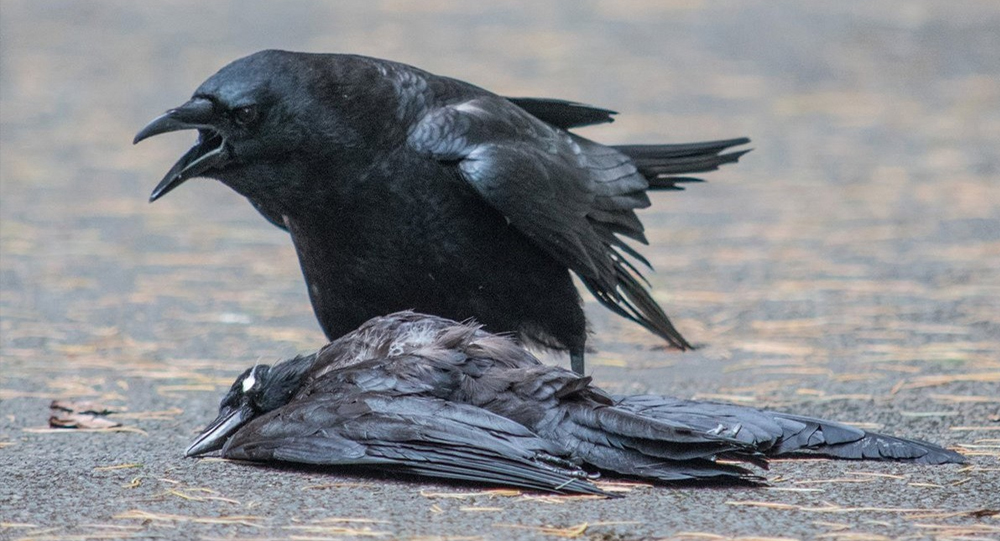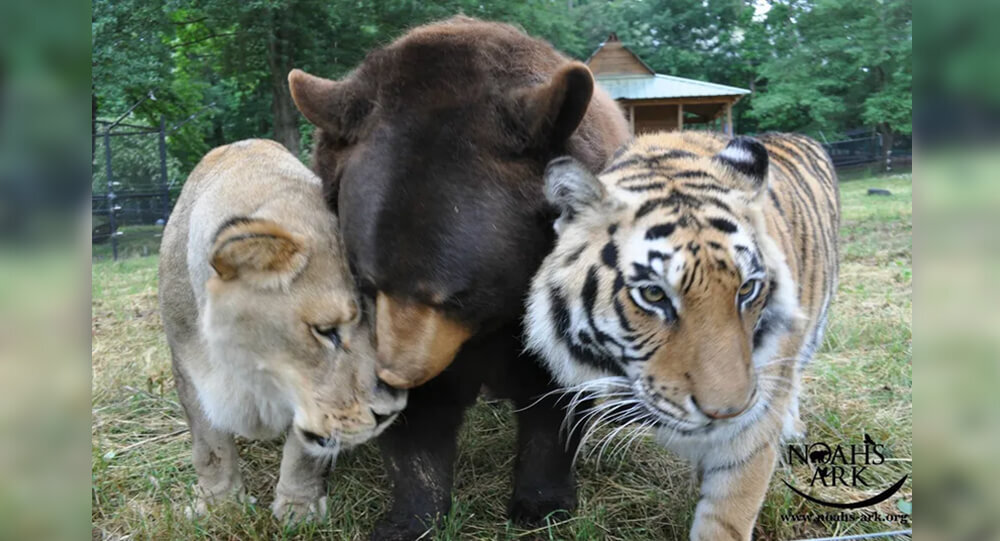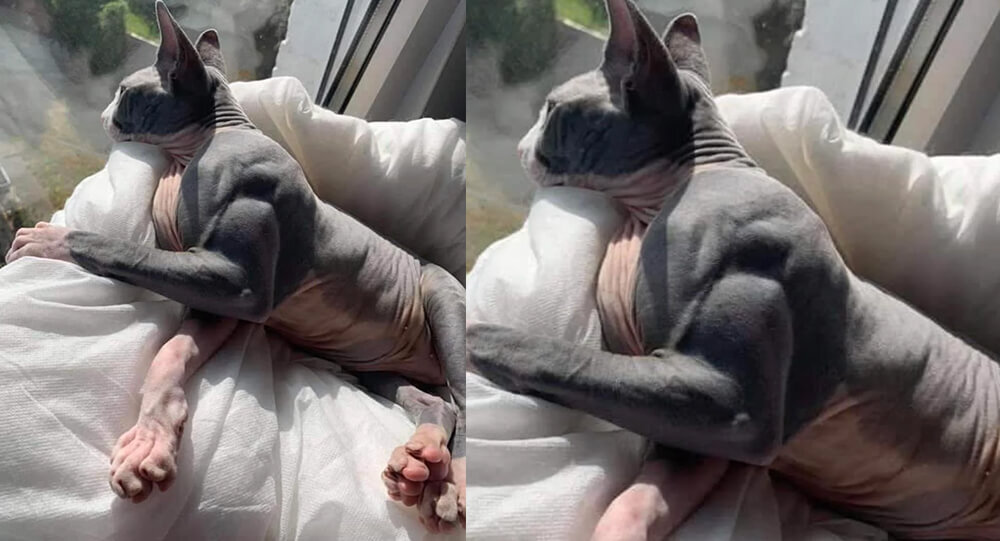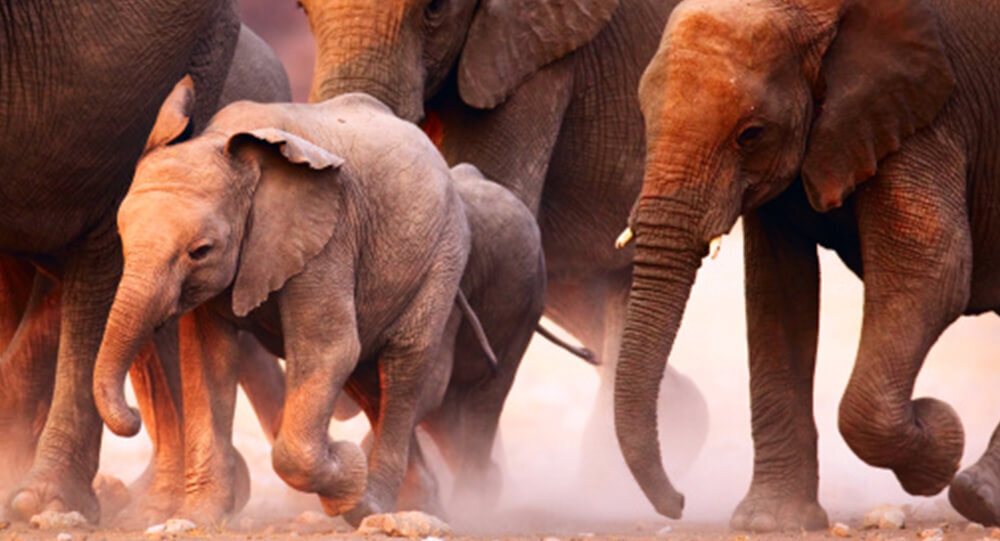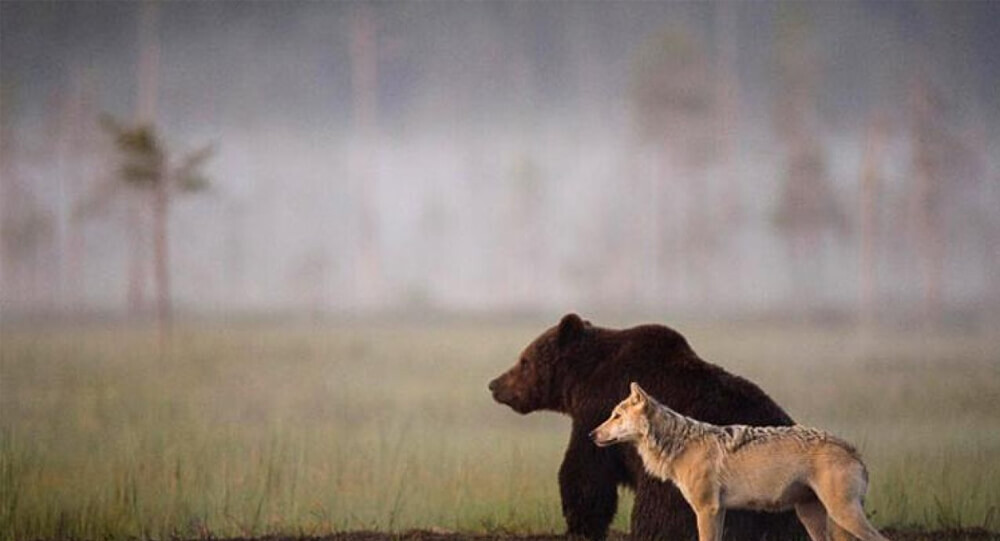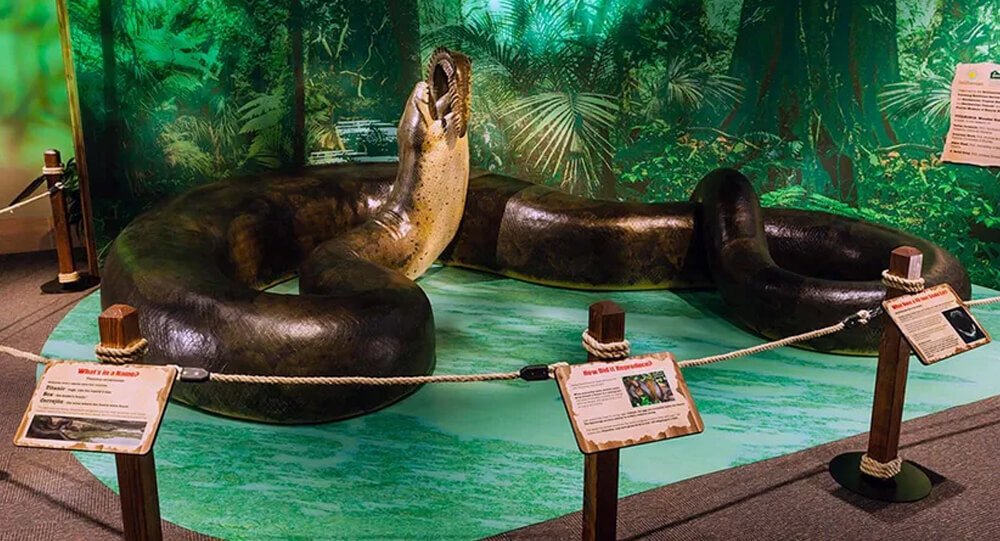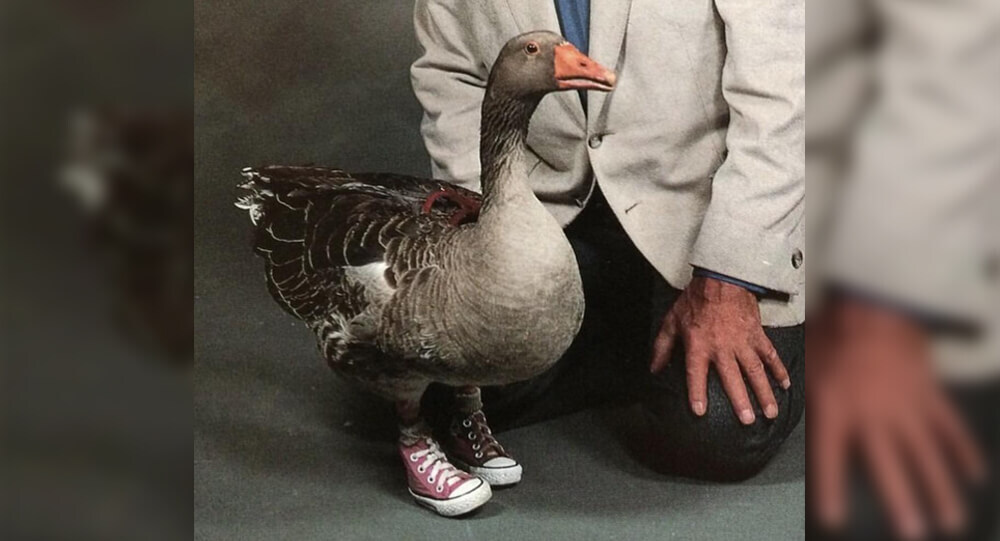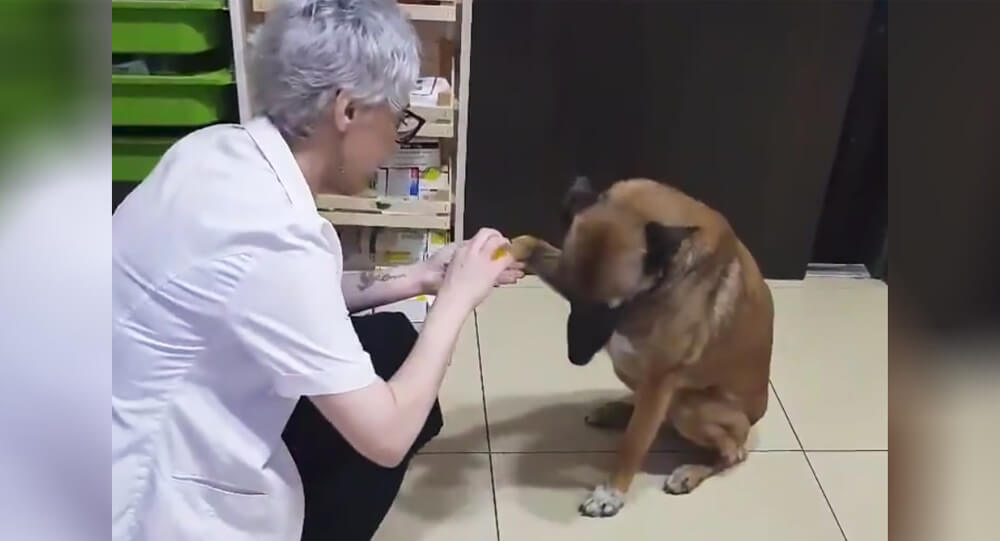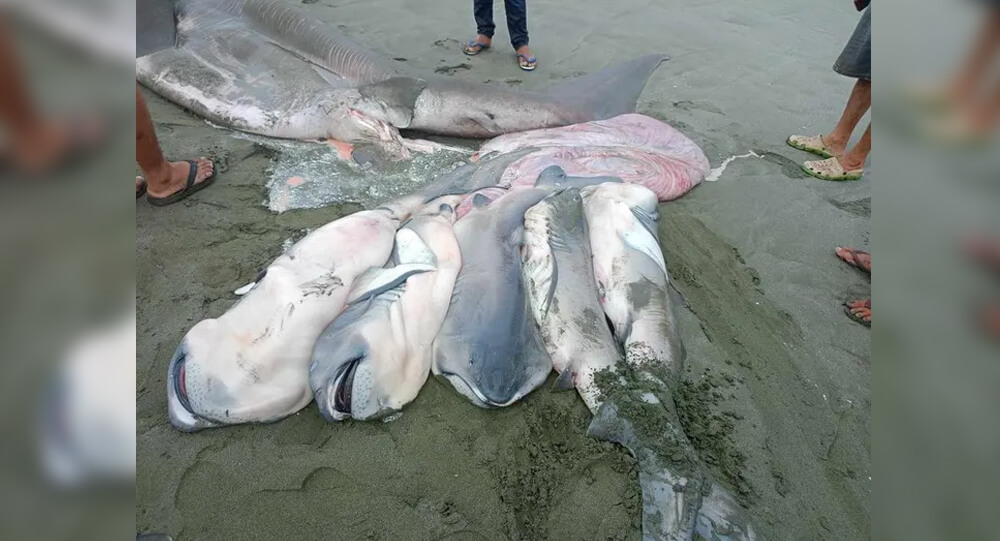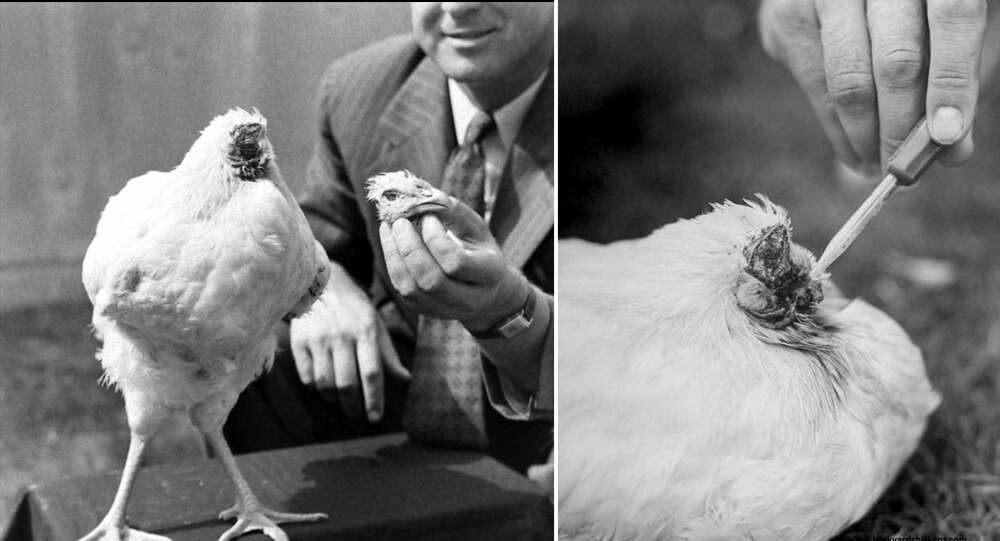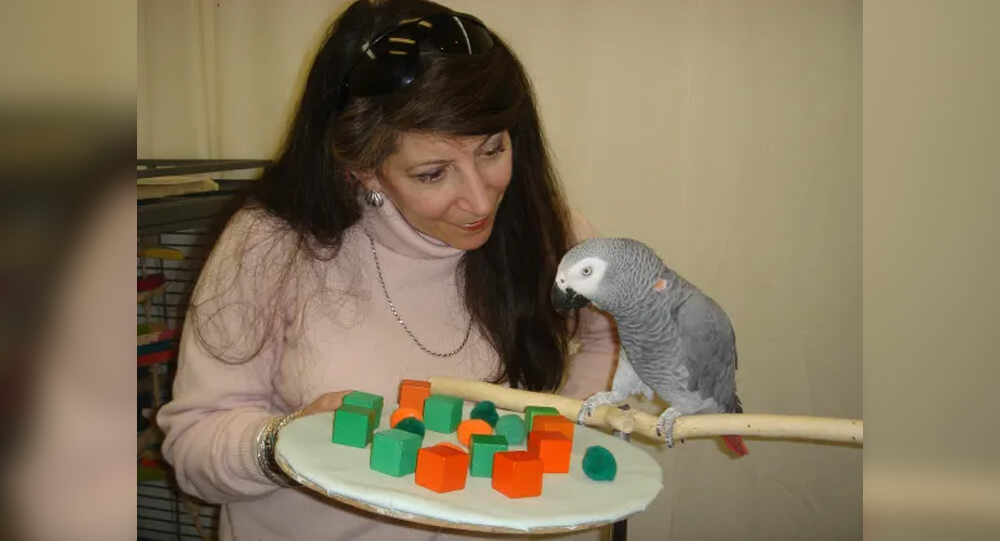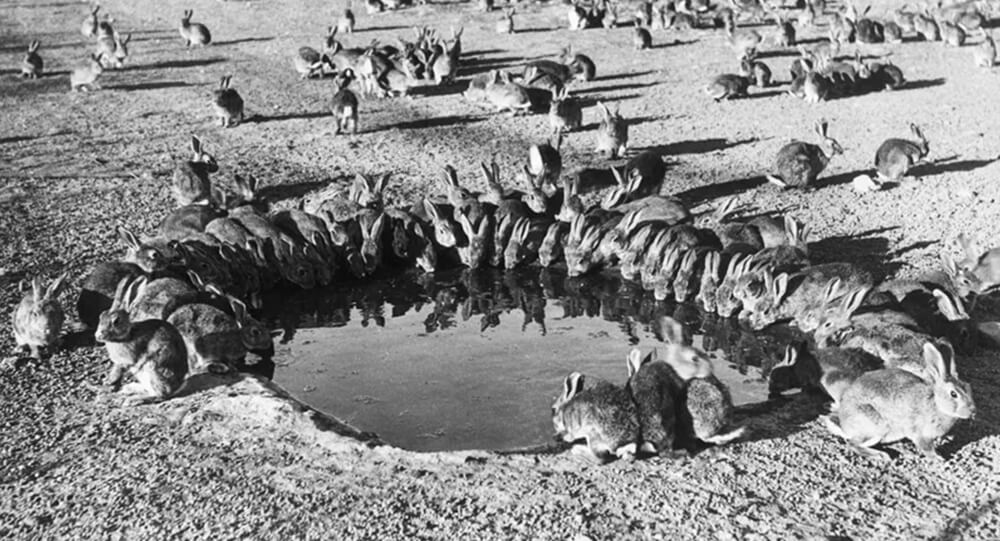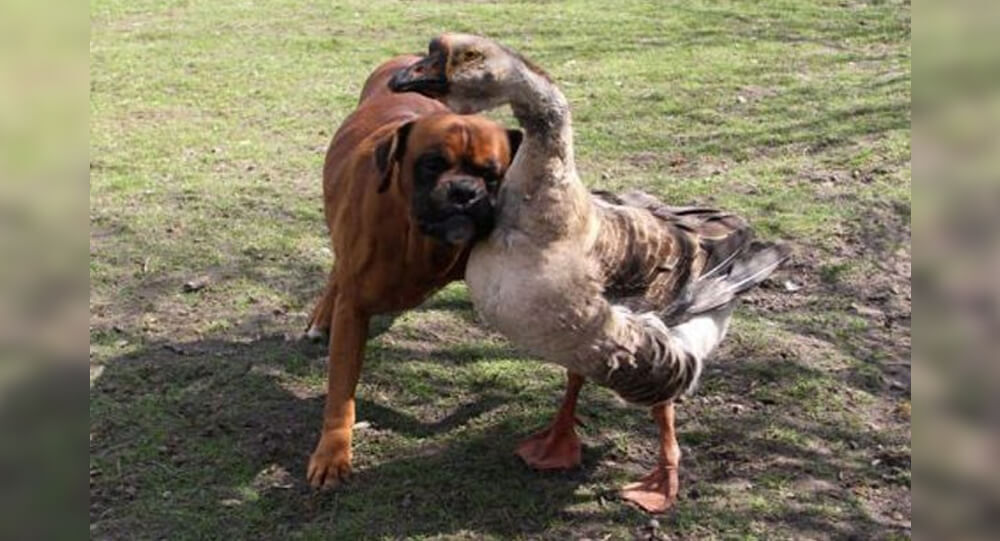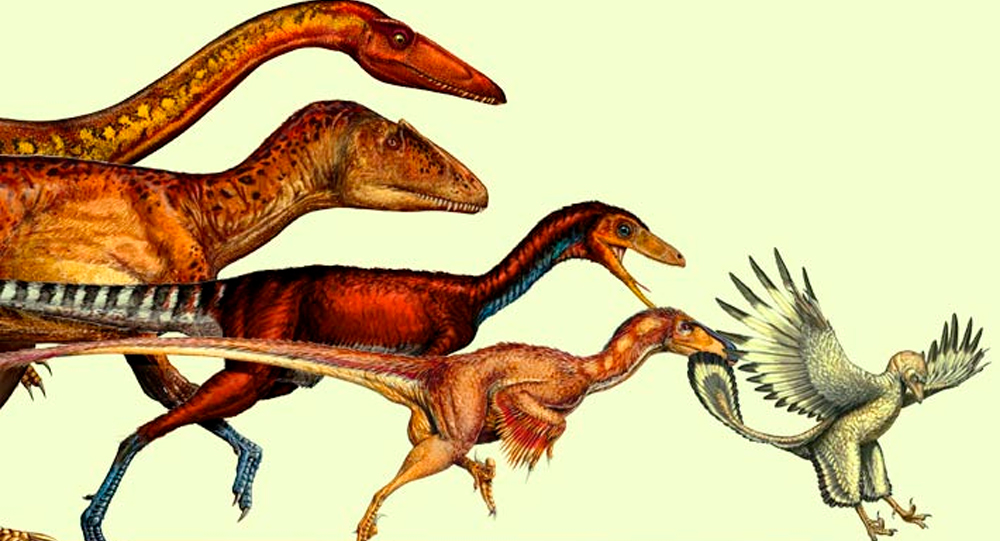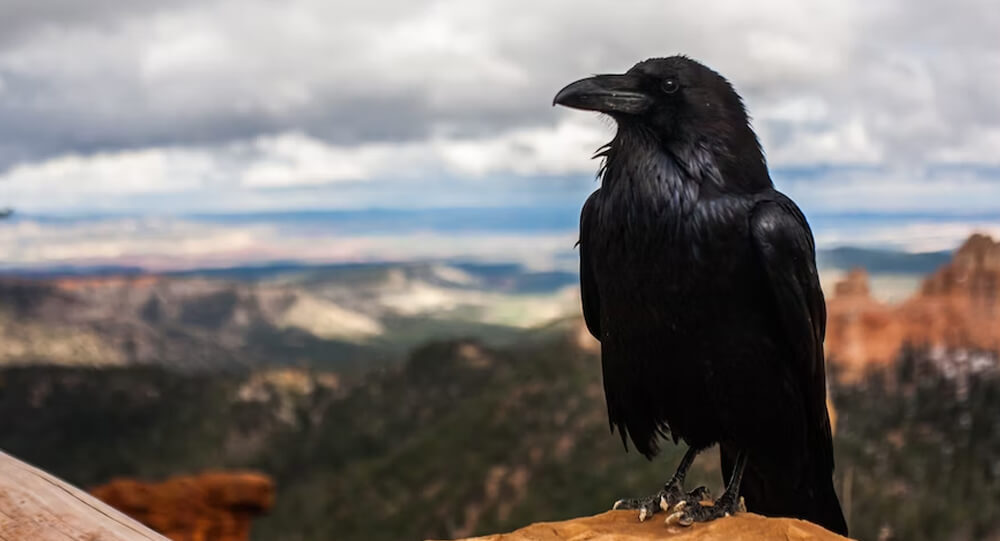
Crows, ravens, and jays are all members of the Corvidae family of birds. People have marveled at these birds’ intelligence throughout history. They are so intelligent that we might find them creepy. It doesn’t help that a swarm of crows is referred to as a “murder,” that some regard them as forerunners of death, or that the birds are clever enough to steal trinkets and food. How intelligent could a crow be with a brain the size of a human thumb?
1. As Smart as a 7-Year-Old Child
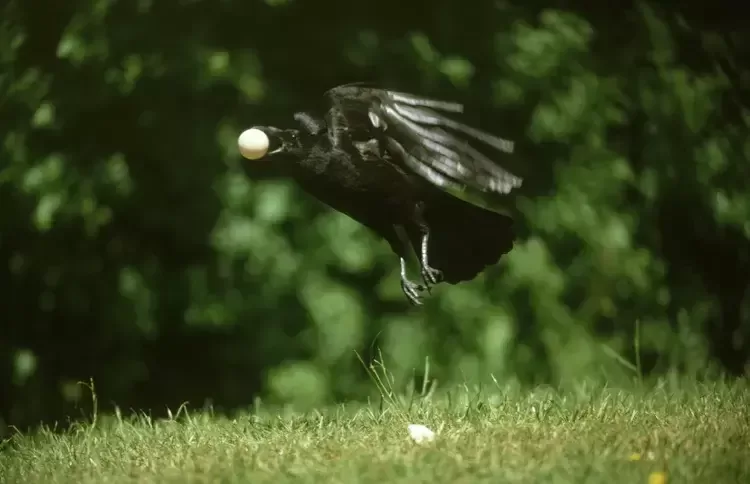
Although a crow’s brain may appear small in comparison to a human brain, what matters is the brain’s size in relation to the animal’s body size. A crow’s brain is about the same size as a primate’s brain in relation to its body. The Aviation Conservation Lab at the University of Washington’s John Marzluff claims that a crow is essentially a flying monkey. Depending on what you’ve done to the crow (or any of its friends), you might have a friendly monkey or something similar to a fiend from “The Wizard of Oz.”
2. They Recognize Human Faces

Are crows distinguishable from one another? A crow may be smarter than you in this regard since it can distinguish between specific human faces. Crows were captured by Marzluff’s team, tagged, and then released. Different masks were worn by team members. Only if the person wearing the mask had misbehaved with them would crows dive-bomb and chastise them.
3. They Talk About You to Other Crows
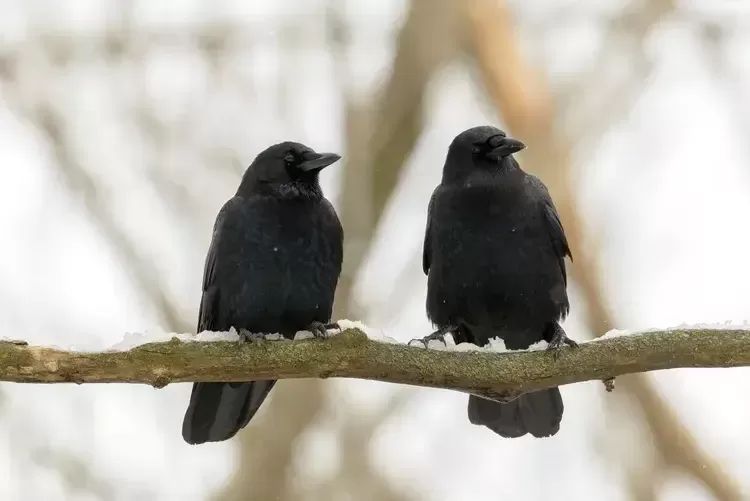
You’re probably right if you assume that two crows are talking about you while they are cawing at each other while observing you. Even crows that were never captured in Marzluff’s study attacked researchers. The crows’ descriptions of their assailants to other crows. It is difficult to understand crow communication. A possible language seems to be based on the duration, rhythm, and intensity of caws.
4. They Remember What You Did
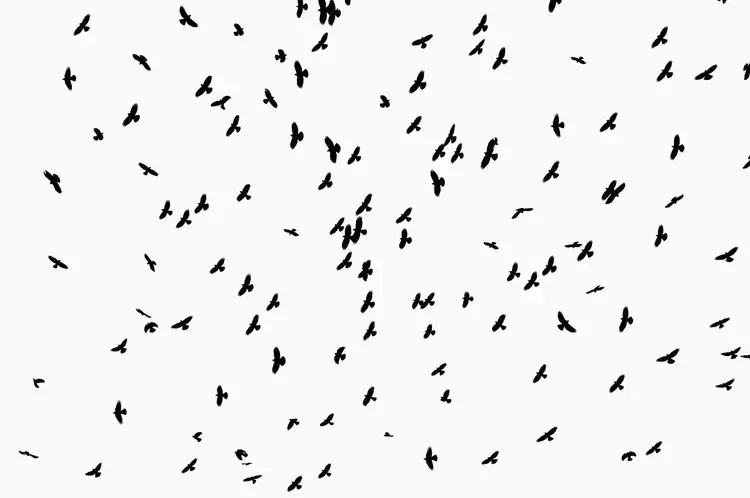
It turns out that crows can harbor resentment toward their offspring; in fact, crows harassed masked scientists in later generations.
From Chatham, Ontario, comes another instance of crow memory. On their way north, about 500,000 crows would stop in Chatham, endangering the crops of the local farmers. The town’s mayor declared war on crows, and the hunt got under way. The crows have since avoided Chatham by flying at a height that prevents them from being shot. They continued to leave droppings all over the municipality despite this, though.
5. They Use Tools and Solve Problems
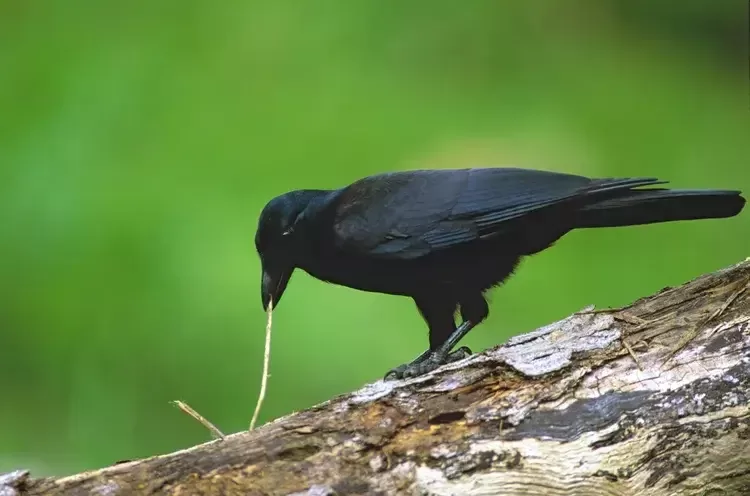
Crows are the only non-primate species that create new tools, despite the fact that many species use them. Crows will bend wire to make tools, even if they have never encountered wire before, in addition to using sticks as spears and hooks.
A thirsty crow adds stones to a water pitcher in Aesop’s fable “The Crow and the Pitcher” in order to raise the water level so that it can be drunk. The intelligence of crows was put to the test by scientists. They filled a deep tube with a floating treat. In the experiment, the crows dropped substantial objects into the water until the treat floated nearby. They avoided choosing items that would float in the water or that were too big to fit inside the container. Human children gain this understanding of volume displacement around the ages of five to seven.
6. Crows Plan for the Future
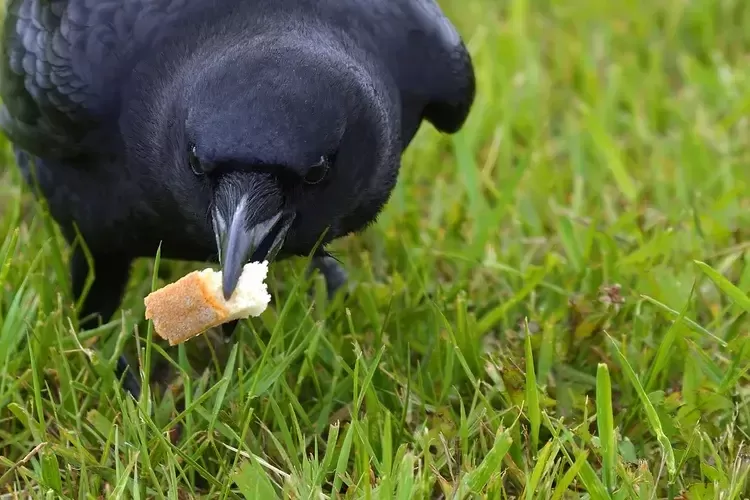
Future planning is not just a human trait. For instance, squirrels store nuts for times of scarcity. Crows think about other crows’ perspectives when making plans for the future. A crow checks its surroundings before hiding food to see if anyone is watching it. The crow will pretend to hide its loot but will actually stow it in its feathers if it notices that another animal is watching. The crow then takes off in search of a new hidden location. A crow will not be duped if it observes another crow concealing its prey because it is aware of this little bait-and-switch trick. Instead, it will find its new hoard by following the first crow.
7. They Adapt to New Situations
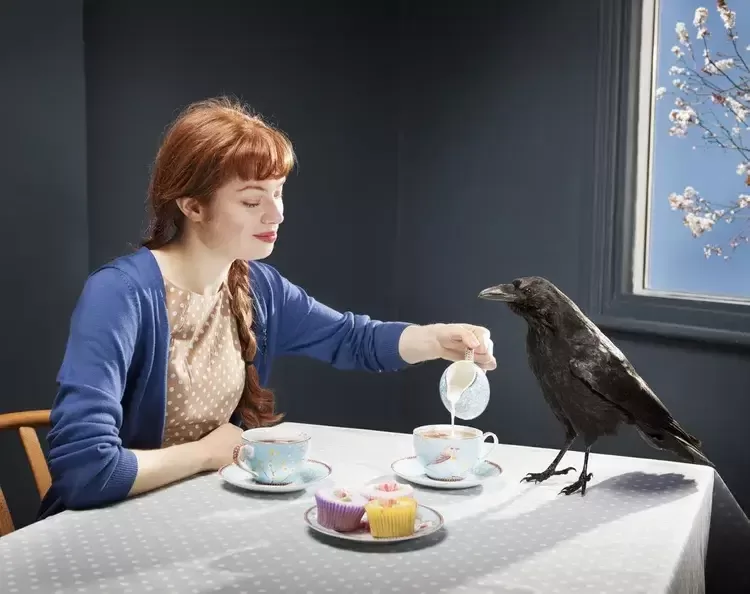
Crows have adjusted to living in a world dominated by humans. They observe what we do and pick up tips from us. It has been observed for crows to drop nuts in lanes of traffic in order for passing vehicles to break them open. They even wait for green lights to turn on before retrieving the nut from a crosswalk. By itself, the crow is probably more intelligent than the majority of pedestrians. Crows have been observed memorizing garbage collection days and restaurant hours in order to take advantage of the best scavenging opportunities.
8. They Understand Analogies

Do you recall the SAT test’s “analogy” section? While a crow is unlikely to outperform you on a test of aptitude, they are capable of understanding analogies and other abstract concepts.
Crows were trained to match objects that were alike in terms of color, shape, or number by Ed Wasserman and his Moscow-based team. The birds were then put to the test to see if they could match objects that shared a relationship. A circle and a square, for instance, would be comparable to red and green rather than two oranges. The crows understood the idea for the first time without any prior instruction in the ideas of “same and different.”
9. They Can Outsmart Your Pets (Maybe)

Although they cannot create or use tools, cats and dogs are capable of handling relatively complex problems. You could argue that a crow is more intelligent than Fido and Fluffy in this regard. If you keep a parrot as a pet, it has an intelligence on the same level with that of a crow. However, intelligence is complex and challenging to quantify. Because of their curved beaks, parrots have a harder time using tools. Similar to cats, dogs don’t use tools but have evolved to cooperate with people to meet their needs. Cats have attained such dominance over people that they are now revered. Which species do you believe to be the smartest?
The ability of an animal to solve problems, recall information, and be aware of its surroundings depend as much on its body shape and habitat as it does on its brain, modern scientists have realized, making it practically impossible to apply an intelligence test across species. Crows are extremely intelligent even by the same standards used to assess human intelligence.

The 440-pound bear named Wojtek and his World War II battle against the Nazis
Polish troops raised an orphaned bear cub during WWII. He enjoyed drinking beer, and was trained to salute. He became officially enlisted as a member of the forces, and helped carry artillery during battle.

A one-eyed Vancouver fish receives a fake eye so that other fish will not bully him
A fish whose eye was removed due to cataract was bullied by other fish at the Vancouver Aquarium. So the vets fitted the fish with a prosthetic eye to fool the other fishes.

Jack the Baboon operated a railroad, earned a living, and never made a mistake
A baboon worked as a signalman for the railroad in the late 1800s. He never made a mistake and worked for the railroad until the day he died.

Why Crows Hold Funerals for Their Dead
Crows are far more than noisy backyard birds; they engage in peculiar, ritualistic behaviors when one of their own dies. Known as “crow funerals,” these gatherings involve groups of crows circling, calling, and sometimes even interacting physically with the deceased in ways that stump scientists and captivate bird watchers. What drives this strange behavior? New research reveals it’s a complex mix of learning, social bonding, and survival instinct wrapped in an enigmatic ritual.

How Switzerland ended rabies epidemic by air-dropped vaccinated chicken heads
A rabies epidemic struck foxes in Switzerland in the 1960s. The government wanted to vaccinate foxes against rabies, but manual vaccination was difficult and expensive. Instead, they began dropping vaccinated chicken heads across the countryside for the foxes to consume, and the rabies vanished.

13-year-old dog missing for two months found alive in a cave.
On Aug 6, 2022, A group of Missouri cave explorers accidentally found and helped rescue a senior dog that had been missing for two months. It is unclear how long the dog was in the cave or how it managed to survive.

Bear, Tiger, And Lion Became Friends For Life
In 2001, a Bear, Tiger, And Lion cub where found abandoned in a drug dealer's basement. They were soon adopted by a sanctuary and lived together ever since.

A Super Cat With Excessively Large Muscles Goes Viral Due To A Rare Condition
The cat suffers from Myostatin-related muscular hypertrophy, which leads it to grow muscle mass while not desiring to.

9-Year-Old Hero from Yemen Rescues Fox from a 3-4 Floor Deep Well—No Ropes, Just Bravery
In an inspiring act of courage, a 9-year-old boy from Yemen rescued a trapped fox from a deep well—three to four floors underground—without any climbing equipment. Discover the full story of how quick thinking, determination, and sheer bravery saved an innocent life against all odds.

Earthquakes: Can Animals Really Predict Them?
In 1975, when officials in the Chinese city of Haicheng were alarmed by odd and anxious behaviors of dogs and other animals. These observations led them to order 90,000 residents to evacuate the city. Only a few hours later a 7.3 magnitude earthquake destroyed nearly 90% of the city’s buildings.

A man travels for hours daily through a drought to provide water for wild animals.
This man travels throughout Kenya bringing thirsty animals thousands of litres of water. Patrick Kilonzo Mwalua regularly travels to the Tsavo, where extreme drought is endangering the lives of elephants, buffalo, zebras, and antelope. He promises to keep giving out water every week until it starts to rain in the hopes that getting the word out will lead to a long-term fix.

The unique friendship of a bear and a dog
A female grey wolf and a male brown bear's remarkable "friendship" was captured by Finnish photographer Lassi Rautiainen over the course of ten days in 2013. Together, they traveled everywhere while hunting and splitting their catch.

Photos of dogs who were stung by bees yet remained adorable
Flies are sky raisins, aren't bees jalapeno sky raisins as well? Please note: you are a terrible person if you laugh at this gallery, just kidding. Enjoy the photos of dogs who were stung by bees yet remained adorable.

Titanoboa cerrejonensis, fossils of the world’s largest species of snake
In 2009 in a coal mine of Columbia, scientists discovered fossils of the world’s largest species of snake. The species is called “Titanoboa cerrejonensis,“and it is from around 60 million years ago. It would have had measured about 48 feet long and weighed about 2,500 pounds

Andy Goose - The Goose With No Feet but wears Nike shoes
Andy was a goose who was born without feet. However, his owner came up with a solution to help him stand and move around by outfitting him with Nike sneakers. This gave Andy the ability to move around like any other goose, but it also made him a source of inspiration for disabled children. Sadly, he was mysteriously murdered in 1991.

Pierre Brassau: The chimpanzee painter who deceived the avant-garde world
Abstract paintings by a previously unknown artist “Pierre Brassau” were exhibited at a gallery in Sweden, earning praise for his “powerful brushstrokes” and the “delicacy of a ballet dancer”. None knew that Pierre Brassau was actually a 4 year old chimp from the local zoo.

The viral stray dog walked up to a pharmacy in Istanbul and showed an injured paw
Back in 2019, a stray dog walked up to a pharmacy in Istanbul and showed an injured paw to the pharmacist who then treated the wound and gave the dog food and water. The incident was caught on video, which went viral instantly.

Megamouth Shark And Her Babies Found Dead In The Philippines
Filipino zoologists have recorded a pregnant megamouth shark for the first time ever since the rare aquatic specie was discovered in 1974.

Why the Brooklyn Bridge Was Once Crossed by 17 Camels and 21 Elephants
On May 30, 1883, a rumor that the Brooklyn Bridge was going to collapse caused a stampede, which killed at least at twleve people. To prove the bridge was safe, P.T. Barnum led a parade of 21 elephants over it.

The story of The chicken that lived for 18 months without a head
Mike the Headless Chicken was a rooster whose head was accidentally chopped off but miraculously survived. This is due to most of the brain stem being left intact. He was fed using a special tube that delivered food directly into his esophagus. Despite his lack of a head, he lived for 18 months, gaining worldwide fame before ultimately choking on a kernel of corn during one of his tours, in a Motel in Fruita, Colorado.

Remembering Alex: The African Grey Parrots Final Message
"You be good, I love you. See you tomorrow" Parrot's last words to her caretaker. Alex (1976 – September 6, 2007) was an African Grey Parrot and the subject of a thirty-year (1977–2007) experiment by animal psychologist Irene Pepperberg, initially at the University of Arizona and later at Harvard University and Brandeis University. Pepperberg bought Alex in a regular pet shop when he was about one year old.

How European Rabbits Took over Australia
In 1859, wealthy settler Thomas Austin released 13 wild rabbits on his Australian estate. By 1920, their population grew to 10 billion.

Blind dog guides by goose, Story of Boxer and Buttons’ friendship
When Baks the blind dog was left blinded after an accident, his friend Buttons became his seeing-eye-goose by hanging on to him with her neck and honking to direct him.

The Evolution of Flight: From Dinosaurs to Birds – A Journey Through Time and Science
Flight is one of nature’s most remarkable adaptations, but its origins trace back millions of years before modern birds took to the skies. Emerging from theropod dinosaurs during the Jurassic period, birds evolved feathers, wings, and lightweight bodies that enabled powered flight. This detailed narrative explores the fascinating evolutionary path from ground-dwelling dinosaurs to the aerial masters of today, blending science, intriguing fossil finds, and surprising trivia about our feathered ancestors.

Chen Ami, The Bravery pigeon that saved 194 Soldier
During World War 1, a carrier Pigeon name Cher Ami was shot, blinded and had her leg blown off. She is still able to deliver the message and saved lives 194 soldiers.

